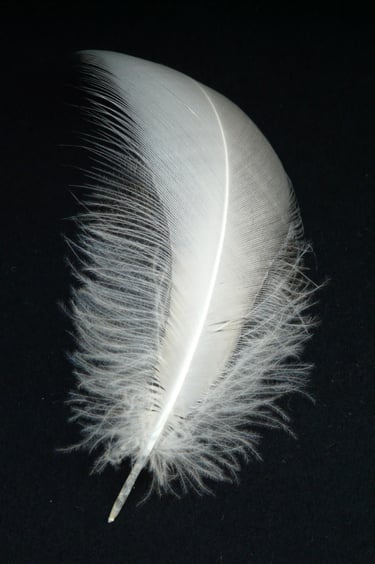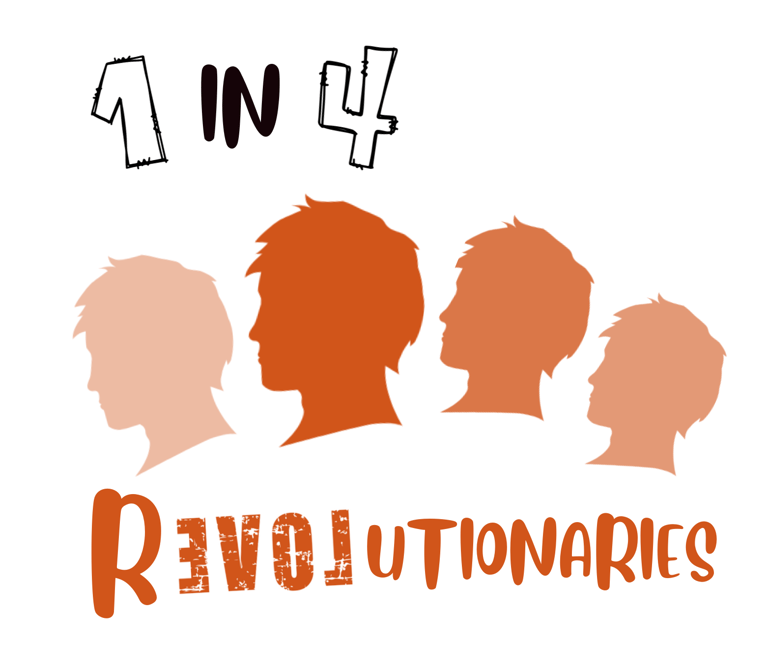Suicide, Grief and Loss Part 2
VIEWS FROM AROUND THE GLOBE - FROM DEATH DOULAS TO THE DAY OF THE DEAD
Robbie Gee
9/11/20248 min read


VIEWS FROM AROUND THE GLOBE – FROM DEATH DOULAS TO THE DAY OF THE DEAD
Many people have heard of birth doulas - professionals who help prepare people and support them through the birth of their child. In the same manner, there are professionals who help people prepare for death and how they want the occasion to be marked. Death doulas, or end of life doulas can be found in many countries around the world: Brazil, Canada, the Czech Republic, Germany, Ireland, Italy, Japan, New Zealand, Russia, and the US. They primarily work to support people with life-limiting or terminal illnesses, focusing on improving both the quality of life and the quality of death someone experiences. There are a few death doulas in the UK. The idea we should prepare to die is an interesting one. Modern medicine and science have created a drive to sanitise death, to delay and avoid death for as long as possible. Perhaps this is why as a society we do not talk about death. Communities have drifted apart, and we have lost the connection with death, despite it being unavoidable and part of nature. As a society, we avoid what we feel could be difficult conversations about loss, and do not talk freely about those who have passed. I know through the various losses I have experienced, that people change the subject of conversations when you try to talk about loved ones who have passed, as if the whole of the entirety of their life can be passed over. This magnifies the pain of those who are grieving. Death doulas do not tend to work with those who have been bereaved, only those who are dying and their families. People who are bereaved are instead referred for counselling.
Another concept which has gained some attention are Death Cafes - where people can meet and discuss the fundamentals of death, grief, and loss in a facilitated group over refreshments. Although these are not widely available.
As death is an inevitable consequence of living, then how do we mark the passing of someone we love? I am not alone when we are forced to ask ourselves “How should we mourn?”. In many cultures, there is this idea of “Collective Grief”. In Western Cultures, the focus of grief is often placed on the individual, and we talk about personal grief, and for some counselling is arranged for that person, – or the support groups are attended by individual members.
For many Indigenous people, the tribe grieves collectively, and in some cultures, this is central to their beliefs. An example of this, which is typical of Native American Culture, can be seen with the Lakota Tribe elders. They use the phrase “mitakuye oyasin”, meaning “we are all related”. The death of anyone in the tribe is felt by all.
In Hindu families in India, relatives and friends come together to support the immediate family in an elaborate 13-day ritual. A widow ceases to be the head of the household, and her place is taken by the wife of her oldest son.
Collective grief is also the norm in traditional Chinese culture, but here the family also makes collective decisions – which sometimes exclude the dying person. Arranging family gatherings so they can share time with the dying person in a celebratory way.
Whilst the idea of collective grief interests me, the notion that other people will see my experience of grieving for my friend as a collective experience feels alien to me. I have been through some extremely tough times with my friend, and we shared an almost unbreakable bond. Would others share that same bond? If not, how could they grieve the same way? Perhaps in Western societies, we are conditioned to feel that our experiences and feelings are unique, and should not be openly shared.
The numb and empty feeling I experience is incredibly difficult, and has crept through every part of my life making daily tasks seem impossible and pointless. I have asked myself how long will this go on? When will it end? What is the point of everything? Are we supposed to mourn for a set time and then carry on with life as if everything is normal?
In Tibet, the Buddhist mourning period following a funeral lasts 49 days. During this time the family gathers to make clay figures and prayer flags, allowing for a collective expression of grief. Seeing statements like this raises many more questions than answers. How do they determine you mourn for 49 days? It seems like an arbitrary number.
I am in my ninth month since my friend died. I am still trying to make sense of her taking her own life, and how I feel about the loss and her family’s reaction. A niggling thought is how long do I grieve before people deem it a significant problem. Apparently, after 12 months it could be medically classed as a grief disorder. Again, this seems to be based on no real evidence. A random period of time, and then you are deemed to have a disorder. Are we unnecessarily pathologizing human experience? To try and focus my thoughts about grieving, I decided to look at different ways of marking her passing, and celebrating the kindness she showed me.
In England, two common symbols of passing are used. The first of these is a white feather, which for some people represents a message from the deceased person to show that they have passed and are now free of the physical burdens of life and are in purity and love. Whilst others see the feathers as a message from guardian angels. Growing up in the armed services there is an alternative view of a white feather which is far more sinister.
With the outbreak of the First World War, the Order of the White Feather was founded as a propaganda campaign to shame men into “signing up” to join the fight. Thus, associating the white feather with cowardice and dereliction of duty. The symbol of the white feather in this context was thought to have derived from the history of cockfighting, when a white tail feather of a rooster meant that the bird was considered inferior for breeding and lacked aggression. This for me, creates a barrier for using white feathers to mark my friend’s passing.
The second commonly used symbol is the visitation of a robin. “It’s amazing, don’t you know? He visits in the place of a loved one, that sadly had to go. He comes to show they miss you, just as you do them”. (When Robins Are Near Poem). But what was a symbol for Christmas, echoes the difficult times we experienced over the festive period and does not feel appropriate to me.
This search for something meaningful can feel fruitless and magnify the emptiness and other feelings as you trudge through the seemingly endless swathes of do this to help yourself or do that. It seems like everyone is full of advice, but few want to listen to how you are feeling, and even fewer want to talk about the person who has passed. I feel like screaming at people, to make them understand. But I do not have the strength to make them listen.
It is difficult to explain the magnitude of the emptiness which is left behind, and the thought this void will never be filled. I want to celebrate the kindness she showed me and others, the fun times, and how we fought every day for better times.
A celebration of the dead that has always fascinated me is “Día de los Muertos - Day of the Dead”. The festival takes place on 1 and 2 November, (though some celebrations also take place on 31 October or 6 November) and is held to celebrate the cycle of life and death.
During the colourful festival, big parades are held, and people often paint their faces to look like skulls as a way to celebrate and remember friends and family who have died and passed into the afterlife. The historical origins of this celebration lie with the Aztecs, an indigenous group of people who lived in the area that would become Mexico City. The Aztecs worshipped many gods and goddesses, including Mictēcacihuātl - a goddess of death and ruler of the Aztec underworld - Chicunamictlan. They believed that when a person died, they made the journey to the depths of Chicunamictlan. Aztec people left offerings on altars, or ofrendas, that would help their dead relatives on their journey to the afterlife. These traditions are still practised today with people setting up candlelit altars in their homes, to help guide the spirits of their ancestors back home from the land of the dead. On these alters families place offerings such as their relative's favourite food, or personal items from when they were alive - such as a favourite book or a musical instrument to help guide the spirit of their loved ones there. Other decorations include bright orange and yellow marigold flowers, which are believed to attract the souls of the dead with their scent. Families also head to graveyards on Day of the Dead for big picnics and parties, where they clean their relatives' graves, sing songs, and talk to their ancestors to make them feel loved, remembered, and respected.
When the Spanish Conquistadors invaded in the 1500s, they brought about the end of the Aztec empire and brought with them the religion of Christianity. The Day of the Dead amalgamated some of the Christian celebrations All Hallows Eve, All Saints Day and All Soul's Day. Taken in its most basic form “Day of the Dead” is a reminder that death is just a part of life, and that one day they too will be a skeleton.
Toraja people, from South Sulawesi, Indonesia, embalm the bodies of loved ones and maintain them for years after a person dies, until their burial (after which they are often exhumed on special occasions). In Belize, families bring bodies home from the hospital for a full-day wake and pre-burial preparation, rubbing loved ones in rum to help release rigour mortis-seized limbs more quickly. In New Orleans, they have a mournful procession that erupts into music, dance, and celebrations. It is common in Ireland, to display the body and queues of people come to pay their respects. Whilst this is still practised in some areas of England, it is declining. What links these ways of marking the passing of a loved one, is the formal rituals that enhance our understanding of our place in the cycle of life and death; and encourage a sense of purpose to help us grieve in meaningful ways.
Perhaps being denied the formal ritual of attending the crematorium and sharing my grief, increases my struggle to accommodate the loss.
In the next series of my blog, I will talk about the “Ethics, morals, and perceptions attributed to death by suicide.”
USEFUL ORGANISATIONS
AMPARO
Support for those affected by someone’s death by suicide
Referral Line Call: 0330 088 9255
CALM
Helpline: 0800 585 858 (national) Every day 17.00 – midnight
PAPYRUS
Prevention of young suicide
Call: 0800 068 4141 Open 24 hours every day
Text: 88247
Papyrus UK Suicide Prevention | Prevention of Young Suicide (papyrus-uk.org)
SAMARITANS
Call: 116 123 Open 24 hours every day
Samaritans | Every life lost to suicide is a tragedy | Here to listen
SHOUT
Text: 85258 Open 24 hours every day
Shout: the UK's free, confidential and 24/7 mental health text service for crisis support | Shout 85258 (giveusashout.org)
STAY ALIVE
App based Plans to help keep safe
Get in Touch with us at
admin@1in4revolutionaries.co.uk
Check Out Our New
Social Media Accounts
